In November 1972, famed fashion photographer and portraitist, Milton Greene, took a series of photographs of newly-famous adult film star Linda Lovelace. The pictures expressed elements of Lovelace the public had yet to see – an innocence and a beauty more nuanced than anything audiences would witness in Deep Throat.
What brought Linda Lovelace into the orbit of Milton Greene?
Why were the stunning photographs never published?
And why has this story never been told?
The Rialto Report uncovers a brief, lost moment in the history of adult film – with never-seen-before photographs of Linda Lovelace.
With special thanks to Joshua Greene. You can learn more about the exceptional photography of Milton Greene here.
All photographs are © and owned by The Milton Greene Archives LLC. All color photographs are © 2022 Milton H. Greene. All black and white photographs are © 2022 Joshua Greene.
For the most extensive ‘Deep Throat’ 50th anniversary coverage anywhere – featuring previously unpublished interviews and articles – visit here.
——————————————————————————————
Linda Lovelace. And Chuck.
How does a notorious porn star go legit?
Or more explicitly: how does the most famous sex actress in the world, a woman who’d become a household name overnight as well, as the punchline for a million dirty jokes, transform herself into a mainstream star of the stage and screen?
Or more simply: how could Linda Lovelace take advantage of the huge success of the porno chic hit, Deep Throat, for which she only received $1,200?
Or more accurately: how could Chuck Traynor, alternately Linda’s husband, manager, pimp, and abuser, cash in on her sudden fame before her star inevitably crashed and burned?
Chuck was never short of ideas on how to exploit Linda, but the truth was that by the end of 1972, he’d exhausted most avenues. And he’d exhausted Linda as well. By any measure, her year had been unusually busy and tiring, not to mention traumatic, difficult, and painful.
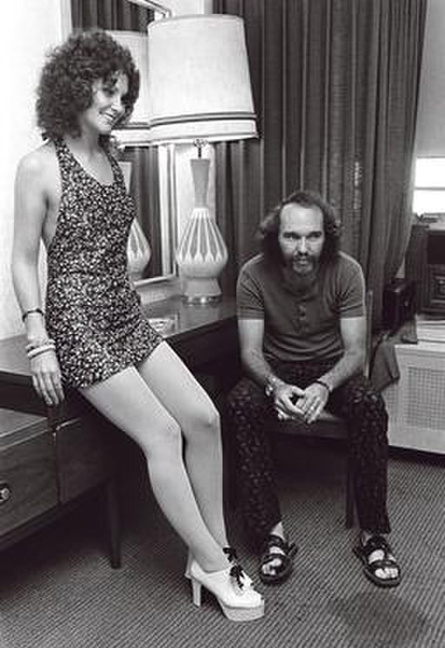 Linda Lovelace, Chuck Traynor, 1972
Linda Lovelace, Chuck Traynor, 1972
A year earlier, she was plain and simple Linda Traynor. An unknown hippy living in Florida working in a biker bar, The Vegas Inn. She’d gotten hitched to the bar’s owner, Chuck, a drifter-hustler, ex-army, ex-actor, ex-drug smuggler, and expert manipulator. In late 1971, Chuck uprooted their nighttime existence in Miami, and they hitchhiked to New York City, crashed with a friend, and earned a few hundred bucks appearing in a handful of seedy 8mm sex loops in a dark basement studio on 14th Street.
In January 1972, they returned to Miami where Linda starred in Gerry Damiano’s ode to oral sex, ‘Deep Throat.’ As usual, Chuck picked up her paycheck. No one expected the movie to be anything more than a moderate hit on the grindhouse raincoat circuit, so Chuck and Linda stayed in Florida, where Chuck bribed a surgeon to inject her breasts with silicone, which he financed by pimping her out to a series of businessmen in anonymous hotels for a few more bucks.
Then in June 1972, the unthinkable happened. ‘Deep Throat’ was released – and hit big. A cheap porn film became the summer sensation across the country, and overnight, Linda became a global star. Her name was peppered into late night talk show monologues, her face stretched across crass t-shirts, her thoughts splashed across magazine articles, her body revealed in Playboy spreads. She was suddenly the unlikely figurehead for sexual liberation, depicted as uninhibited and unapologetic, licentious and libertine, happy and horny.
In the background shadows stood the ubiquitous Chuck, a scheming Machiavellian Svengali, demanding a fee, percentage and cut every time Linda showed up, counting the filthy lucre before it disappeared into his personal stash. Linda opened stores, appeared at sporting events, guested at parties, interviewed with intellectuals. There were minor setbacks – Linda only avoided prosecution for her involvement in the mob-distributed porn hit because she was granted immunity in exchange for testifying against the film owners – but their lives had changed unrecognizably.
Their couch-surfing days were over too – Chuck booked them into a room at the Plaza in New York – but he demanded more. A ‘Deep Throat’ sequel (fee: $40,000), an autobiography (the advance was rumored to range from $40,000 to $100,000), and a Vegas show were in the works (salary: $120,000). A Linda Lovelace adult board game, a sex advice column in Oui magazine, and shoe commercials (“I’m Linda Lovelace, and I know what you want… we have a lot in common”) promised thousands more.
But Chuck was looking for a bigger game. He figured that Linda was nothing more than a breakthrough minor-league ball player. He needed her to become Babe Ruth. Porn money paid for their fancy hotel room, but Chuck wanted the goddam royal penthouse suite. That meant changing the playing field, and for that to happen, Linda needed to become a sophisticated mainstream star.
Chuck had a plan. It wasn’t an original idea. The template already existed. Just twenty years before, Marilyn Monroe had posed nude and become a much-loved sex symbol when Hugh Hefner featured her on the cover, and as centerfold, in the first issue of Playboy magazine. If Marilyn could survive the fallout from that scandal and go on to a successful film career, Linda Lovelace could become a major celebrity and icon, right? After all, Linda was the new Marilyn, Chuck reasoned. Only better. She was just the post sexual revolution, hardcore, version. She delivered where Marilyn only promised.
The key to success was photographs. High quality, beautiful portraits. Photographs had made Marilyn iconic. So Chuck decided to follow the same route. He just needed to find the right photographer.
*
Marilyn. And Milton Greene.
You know that picture of Marilyn Monroe.
I’m not asking. I know you do. Some pictures are so ingrained into our memory, we don’t remember how they got there. They’re just there, and it feels like they always have been.
It’s the 1954 picture of Marilyn sat in a chair wearing a ballet tutu. Her feet are turned inward in an awkward but disarmingly relaxed pose. She leans forward, and smiles knowingly at you. Her hand almost beckons to you. The photograph is a perfect portrait. At the end of the last century, Time magazine named it one of the three most popular photos of the entire twentieth century.
The photographer was Milton Greene.
Milton was a fashion photographer in New York in the 1940s and 1950s. But to be clear, Milton was not a regular Joe fashion snapper. His shots adorned Harper’s Bazaar, Look, Life, and Vogue, and he is credited, along with contemporaries like Irving Penn and Richard Avedon, with elevating such photographs to fine art. Born in New York in 1922, Milton began taking pictures at the early age of fourteen. By twenty-three, Milton was considered a prodigy, referred to as ‘Color Photography’s Wonder Boy.’
But it was his portraits of high-profile personalities – the most beloved artists, musicians, and celebrities of his day – that led to his most iconic pictures and personal fame. Especially women. And no one took pictures of women like Milton. Richard Avedon described him as the best ever, and portraits of Elizabeth Taylor, Audrey Hepburn, Grace Kelly, Ava Gardner, Catherine Deneuve, Marlene Dietrich, and Judy Garland provide convincing evidence.
It was Milton’s work with Marilyn Monroe that changed the course of both their careers. They first hit it off during a 1953 Los Angeles photo shoot for Look magazine, and the two went on to collaborate on fifty photo sessions over the next few years.
“All of a sudden, his career blasted off like a rocket ship into outer space,” remembers Milton’s son, Joshua Greene. “This thirty-something madman from New York was working like a dog every day, taking as many assignments as he could.”
Milton’s relationship with Marilyn went much further than photographic shoots. When Marilyn became unhappy with her dumb-blonde image, not to mention an onerous 20th Century Fox contract that didn’t reflect her status as one of the studio’s biggest stars, Milton encouraged her to move east. Milton had Marilyn’s best interests at heart, but there was a secondary motive: he wanted to direct and produce his own feature films.
“No question,” says Joshua. “He was driven by that. That’s why he formed ‘Marilyn Monroe Productions’ with her.”
After Milton helped extricate Marilyn from her film deal, she spent two years from 1954 until the summer of 1956 living with Milton, his wife, and son Joshua at their converted farmhouse in Connecticut. While there, Milton and Marilyn produced the films Bus Stop (1956) and The Prince and the Showgirl (1957).
Sadly for Milton, their friendship and business partnership didn’t last. According to Joshua, the insecurity of her new husband, Arthur Miller, was to blame: “Nobody expected the end of their story to be so painful. Miller didn’t like the fact that Milton was getting 49% of the proceeds. It wasn’t helped by the fact that Miller’s career was going through a slump at the time. So Arthur intervened – and their relationship came to an unexpected end. Milton never thought Marilyn was going to break it up, but she did. Milton said to Marilyn, “Alright, you go your way. I’ll go mine. I’ll keep my film and the copyrights. You can just pay me back the money that I spent on the three years of taking care of you in New York and L.A. – and I’ll walk away.”
“Arthur Miller expected my father to ask for four million bucks. He didn’t. He asked for $200,000. It was a small amount, but at least he got to keep all the film, the pictures, and the copyright.”
*
The Dream Team – Milton, Joe, Gene, and Joshua
Milton had lost the film production company he jointly owned with the most famous movie star in the world, but he was never idle.
In the 1960s, Life magazine offered him a lucrative deal: a studio at 444 East 55th Street, and a minimum guarantee of working pages: even if he didn’t get his photographs printed, he would still get a substantial minimum payment each year. Milton set up a new operation and surrounded himself with some of the biggest artistic talent in town.
“Milton didn’t have an entourage with lots of people. He liked to be surrounded by people he knew well and trusted. So there was a small group of collaborators, a tight posse working together, with real camaraderie and all having fun,” recalls Joshua.
The first member of the team was Milton’s best friend, legendary fashion illustrator, Joe Eula. Milton and Joe had been friends since the 1940s when they dropped nightly into hot joints for cool jazz, knowing all the musicians as friends. Together, in the 1960s, they started ‘Greene-Eula Studios’.
Joshua remembers: “Joe had a great aesthetic eye, and would paint amazing backgrounds for the photographs. Milton had a great eye for composition. Together they made so many wonderful pictures. The combination of the two of them was explosive.”
Joe also designed sets and costumes for Broadway productions (winning a 1968 Tony Award for ‘Private Lives’ (1968), produced music concert posters (his one-sheet for the Supremes was a masterclass of simplicity), and directed television specials (for Lauren Bacall and others.)
Milton and Joe were in the right place at the right time, a period when fashion extended itself into celebrity. “It stopped being one or the other – and that gave Milton great crossover appeal because he was so good at photographing people,” says Joshua.
Milton’s portraits of celebrities became timeless and definitive studies. Audrey Hepburn. Liz Taylor. Marcello Mastroianni. Claudia Cardinale. Omar Sharif. Paul Newman. Sid Caesar. Frank Sinatra and Sammy Davis Jr. Jane Fonda. Audrey Hepburn. Catherine Deneuve. Ava Gardner. Marlene Dietrich. Faye Dunaway during the filming of Bonnie & Clyde (1967). Cary Grant and Doris Day in That Touch of Mink (1962). Milton’s portfolio was a who’s who of who mattered.
Another august collaborator was Gene Moore, a pioneer in the history of American design – and a vital figure in the creation of jewelry powerhouse Tiffany & Co for whom he designed approximately 5,000 windows. Historians have described Gene as one of the “most important twentieth-century window designers in the United States”. Moore was also the photographer behind one of the best-known portrait sittings of actress Audrey Hepburn in 1952.
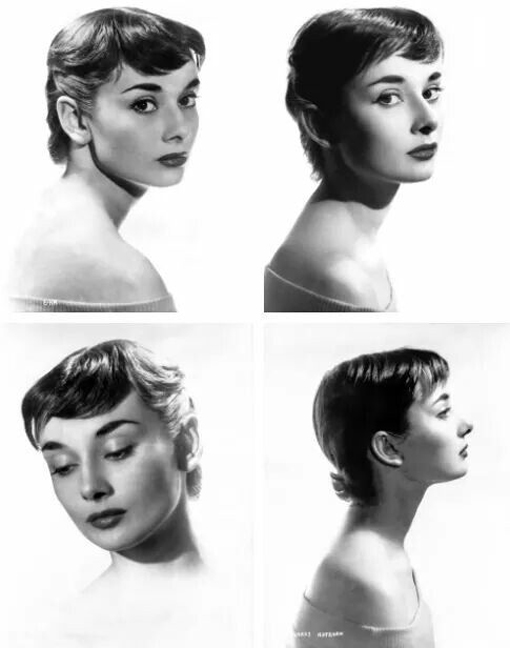 Audrey Hepburn, photographed by Gene Moore
Audrey Hepburn, photographed by Gene Moore
Rounding out Milton’s team was his son, Joshua: “Milton had me in the dark room from when I was 11 years old. I didn’t even want to be a photographer. I just wasn’t fond of it. I wanted to be a sound engineer mixing for rock n’ roll bands. But gradually I got pulled in. Milton had me shooting from a young age. This was when taking photos was a real craft. There was no point-and-shoot in those days, and auto focus didn’t exist. You had to know exactly what you were doing or else you couldn’t produce anything of worth. Milton was always very supportive of me because he knew how difficult it was to make a living doing this. And when I had my early successes, he made sure to let me know how good it made him feel. It wasn’t tough love. It was the opposite. He was very proud that I ended up making my career in this business.”
The dream team was tight: Milton Greene, the fine art fashion photographer and ultimate portraitist of women. Joe Eula, famed award-winning artist and costume designer. Gene Moore, unparalleled set designer and photographer. Joshua Greene, Milton’s assistant, studio manager, and heir.
And then Chuck Traynor walked in the door.
*
Milton and Linda
Give Chuck some credit. He couldn’t have picked a better studio to walk into.
Not just the impressive physical space in central Manhattan – a fully-contained large open plan, with extensive windows and skylights flooding the loft with natural light; 75 feet of shooting space, and an additional 50 feet for storage, darkrooms, and offices – but the artistic talent too. This was no dirty basement studio on 14th Street.
Chuck negotiated a deal with Milton, and paid for the photographic sessions himself. Or rather they were paid for out of Linda’s earnings. Talent and a track record like Milton Greene’s didn’t come cheap, and the cost was several thousand dollars.
Joshua remembers: “We knew who Linda Lovelace was, and the whole idea was to give her a makeover. Reintroduce her in a completely different way with a level of class, style, and humor. Create a completely different look for her. Give her a new portfolio.”
The photography sessions took place over five nights in November 1972. Linda came in around 7:30pm for hair and make-up, and the actual work started at 9:00pm running through until 3:00am the following morning.
The days started earlier for Milton, Gene, and Joshua: “We’d discuss ideas, routines, and tableaux for the shoot. Milton and Gene came up with the environments and all the different clothing. We figured out what sets we were going to create – and then we’d assemble at least two different ones each day. The joke about Milton is that he had four primary props: a hat, a sweater, a boa, and a cigarette. If you look at his work, you’ll see those props repeat themselves over and over again.” (Joe Eula wasn’t present for the Linda Lovelace photographs, having moved on to a creative art director consultant position with Halston, but his influence, not to mention his backdrops, lived on.)
But a first problem was evident on the first evening of the shoot.
Joshua: “The man who was her husband or her agent or both was terrible. A major coke addict. A real asshole who treated her like shit. It was obvious Linda wasn’t comfortable, and the reason was that she was distracted by his presence.”
Milton intervened. He gently suggested to Chuck that he should leave the studio after dropping Linda off each evening. Chuck consented, and the result was immediate.
Joshua: “Milton noticed a big change when (Chuck) was gone. We all did. We all felt relieved. The atmosphere was completely different.”
The second problem was Linda’s inexperience: Joshua recalls, “Linda wasn’t a model, and obviously she wasn’t even an actress, so Milton had to build her confidence. He started by taking a Polaroid picture. He showed it to her and spoke to her quietly, telling her how beautiful she looked. He knew she needed private attention to make her feel comfortable. Milton made sure she felt like a star. He wasn’t the type to stand behind the camera and bark orders. Instead, he would walk over from the camera. He’d approach the model, move her body or talk to her a little bit, and then he would go back to the camera. Soon Linda developed a trust in him, and they built a rapport. She started having fun, seeing herself in a different light than she’d ever seen herself before. She didn’t have the experience of a Marilyn Monroe or Audrey Hepburn, but it’s every girl’s dream to look like a princess, and a few days into the shoot, Linda was clearly enjoying the process.
“Milton didn’t shoot a lot of frames. Other photographers, like Bert Stern, fired off shots incessantly. My father made fun of people that were so insecure that had to ‘shoot their way in’. Milton’s style was completely different. He was brought up in an old school way: You don’t waste film. Instead, you talk to your subject, compose the picture until you feel comfortable, coerce the subject into posing appropriately, and only then you shoot the picture. So in his case, if he shot 24 frames, 22 of them would be near perfect.”
And then there was the music that played in the background. Frank Sinatra and Ella Fitzgerald for Linda’s sessions. Loud enough to create a sultry mood, quiet enough so that she could hear all of Milton’s whispered instructions. Milton was strict about the music. He’d been brought up on the jazz scene so music was intimately linked to his work. Miraculously Joshua managed to convince him to take a shot at playing Motown and the Beatles. Milton agreed, but drew a line at the Rolling Stones.
The atmosphere was light and easy-going, far from the reports from the ‘Deep Throat’ film set. Nonetheless Joshua occasionally had a personal reaction to the sexual nature of the pictures: “I was young… and the truth is I’d get sexually aroused every time I was close to Linda. I tried to hide it by wearing baggy pants – but that just made it worse. It became an inside joke. And whenever there were sequins to apply to Linda’s body or wrap her with saran wrap, the job was given to me: “No, no, Joshua, you go do it. Put more sequins on Linda, more sequins, Joshua!”
*
Linda Lovelace. The Photographs.
*
Milton and Joshua
Milton had a mantra: “Don’t ever submit a bad picture to the art director because that’s the one they’re going to use.” Ever the perfectionist, he would edit every frame that he shot before submitting anything to a client.
After the Linda Lovelace shoot, Milton kept the original chromes, and gave Chuck duplicate transparencies, so-called ‘repro dupes’, which Chuck could duplicate for any publicity purposes that would arise in the future.
But the photographs were never published anywhere. Milton forgot about them. Linda ignored them. Chuck buried them, casualties of his acrimonious break-up and nasty divorce from Linda in 1973. It wasn’t pretty: Chuck said Linda was a talentless nobody. Linda commented “I’d rather be dead than not living.” And so the photographs were overlooked and neglected.
Chuck moved on to his new project: making former porn queen Marilyn Chambers into a mainstream star – sound familiar? – so why should he share the expensive assets that would help promote an ex-wife and now rival? As for Linda, she went on to disavow the adult film industry, so why would she need photographs taken at the height of her porn star fame?
When I contacted Joshua about the week that his life intersected with Linda Lovelace, he was surprised: “I haven’t looked at these pictures in many years, so I was shocked to think about them again. Digging them up again really brought back some memories.”
Milton Greene passed away in Los Angeles in 1985 at the age of 63.
Today, the 55th Street studio is no longer. “I think they tore it down and built some type of thin condominium in the space,” says Joshua sadly.
“But Milton’s work lives on. He actively encouraged me to take on the family business. He knew I wasn’t him, and that I had my own style. I had my own opportunities and I had to find my way. And I did.”
A few years ago, much of Milton’s work was put up for auction. A subset of pictures from the Linda Lovelace sessions (not owned by Joshua) was exhibited at the Museum of Sex in New York in 2013. Joshua retains the rights to the photos shared here, most of which have never been seen before this article.
And did Milton or Joshua hear from Linda and Chuck after that week in 1973? “We handed him the pictures, and never heard from either of them ever again.”
Linda and Chuck’s paths never crossed again either, and they died within months of each other in 2002. These surviving photographs represent a high artistic watermark in the record of the early adult film industry.
*
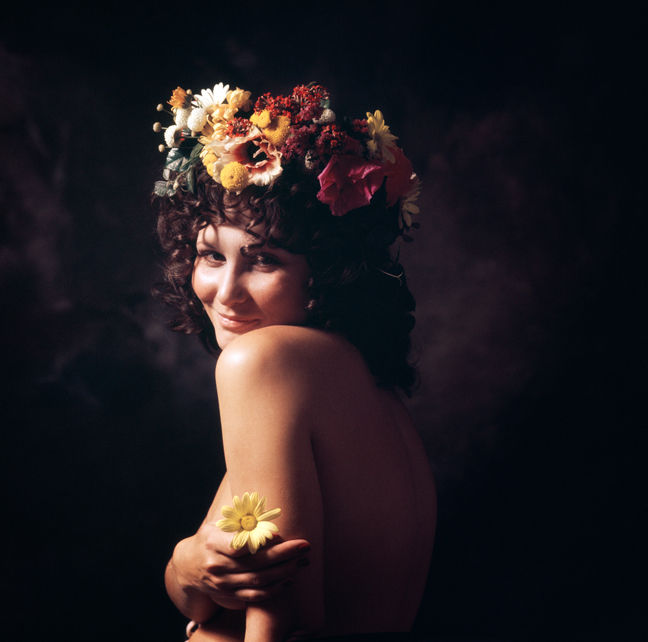
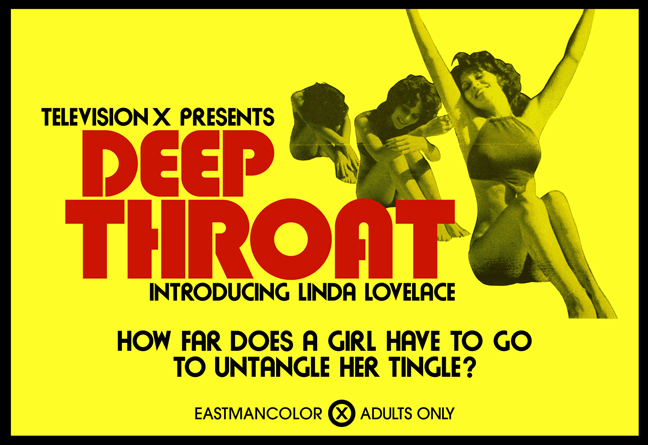
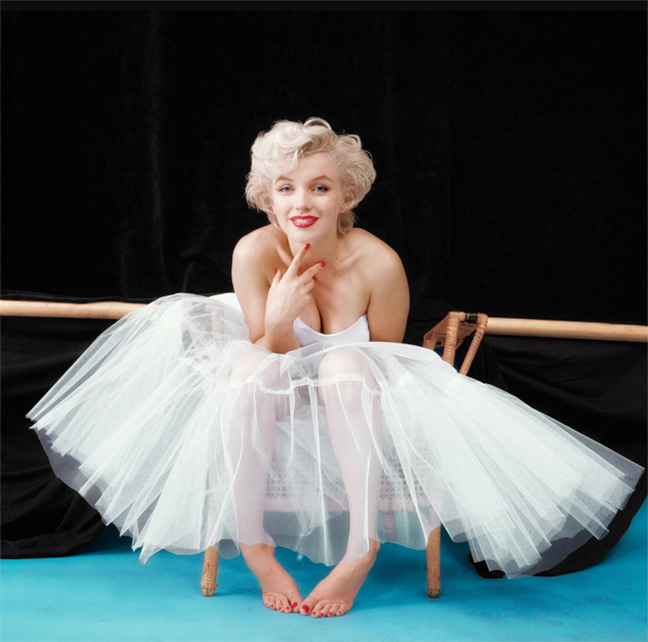
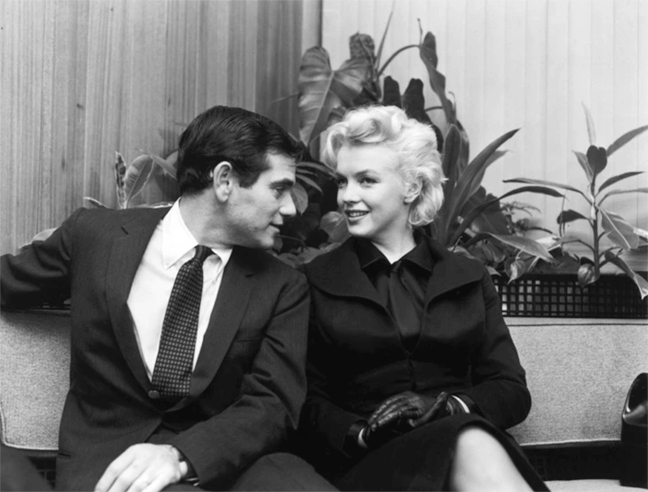
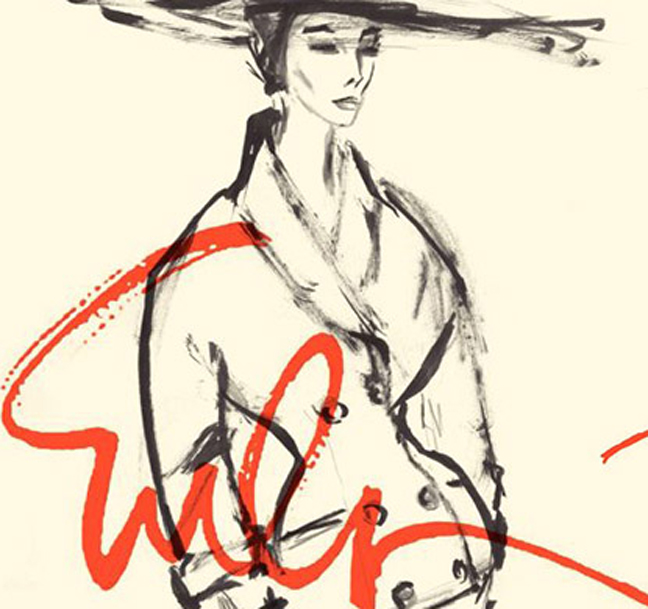
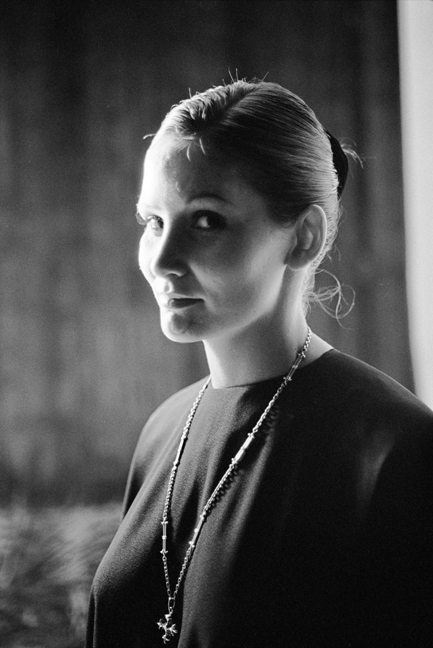
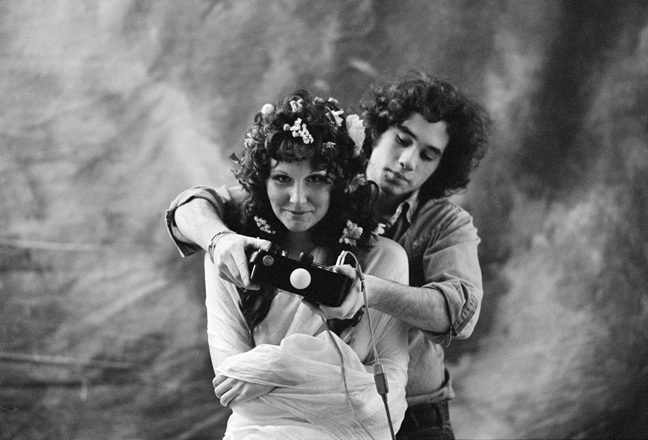
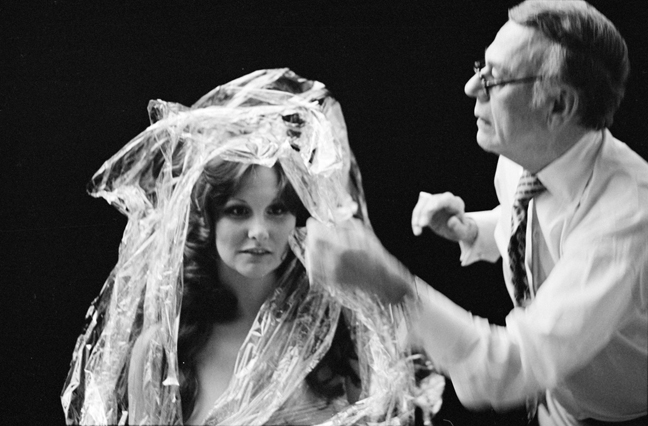
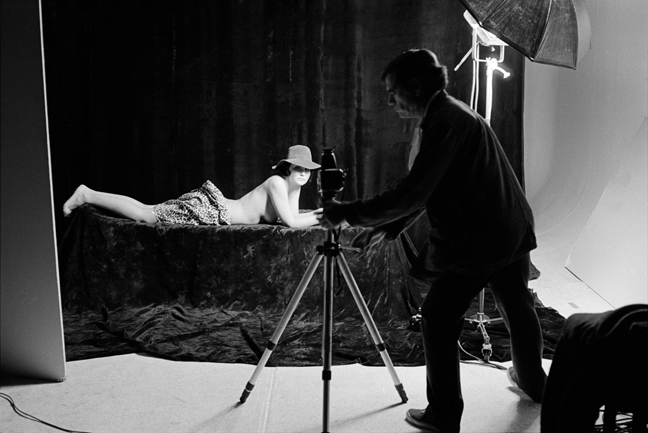
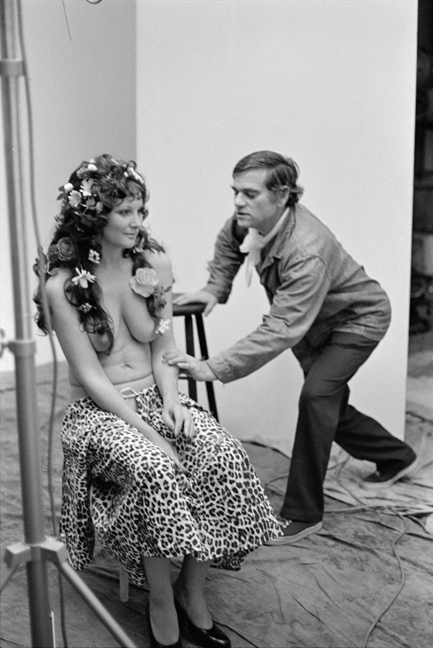
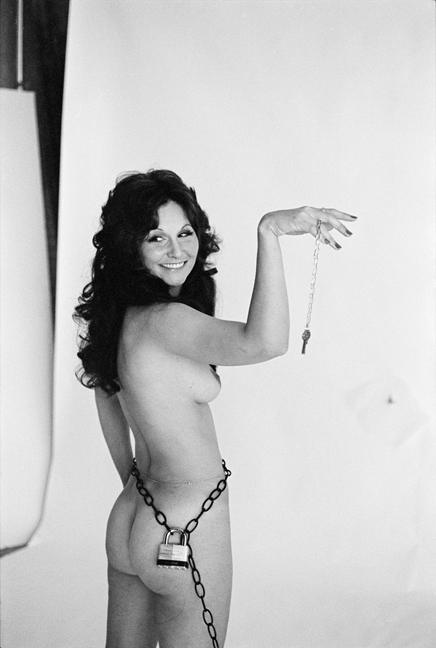
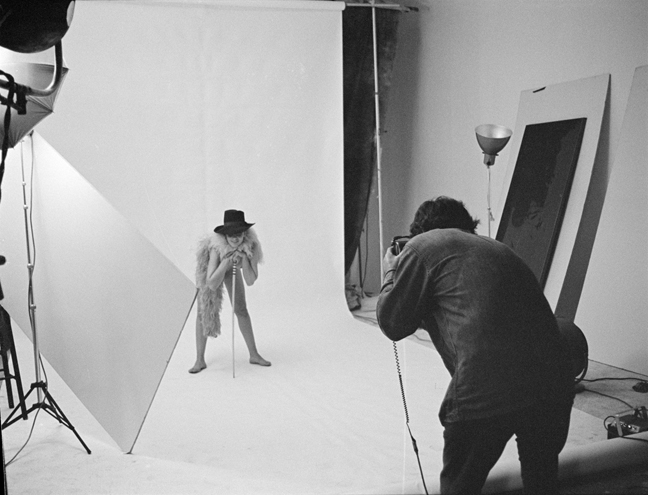
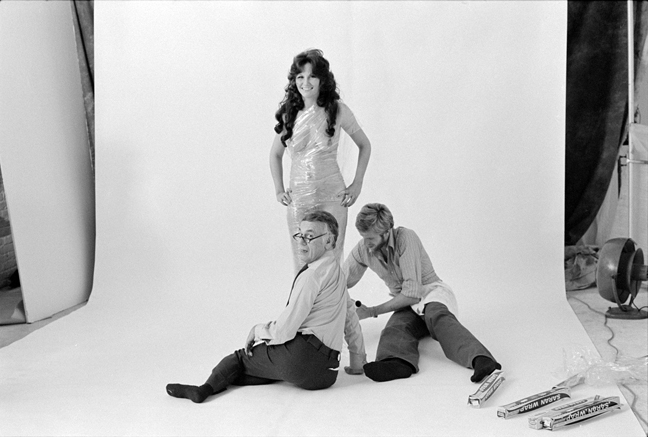
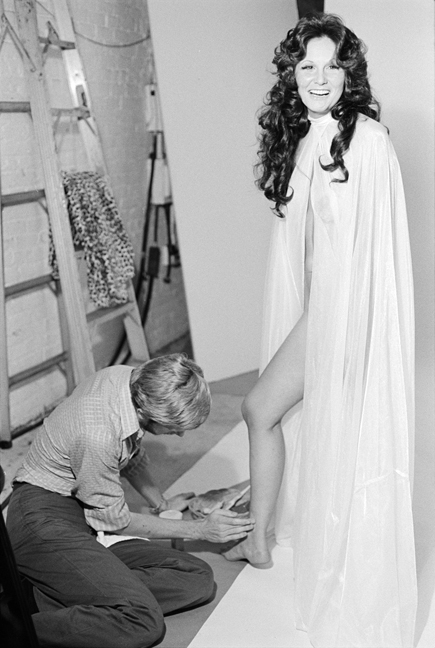
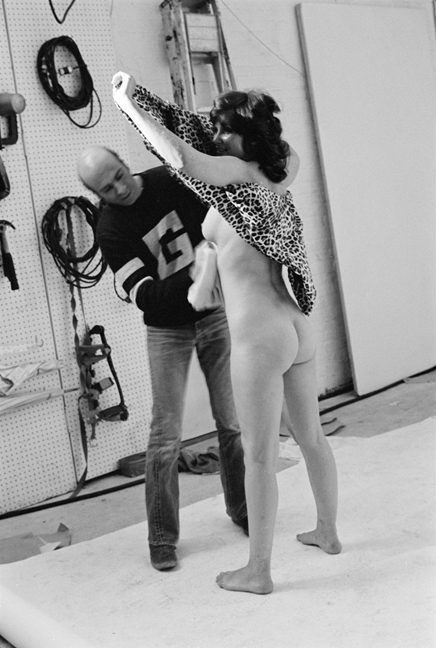
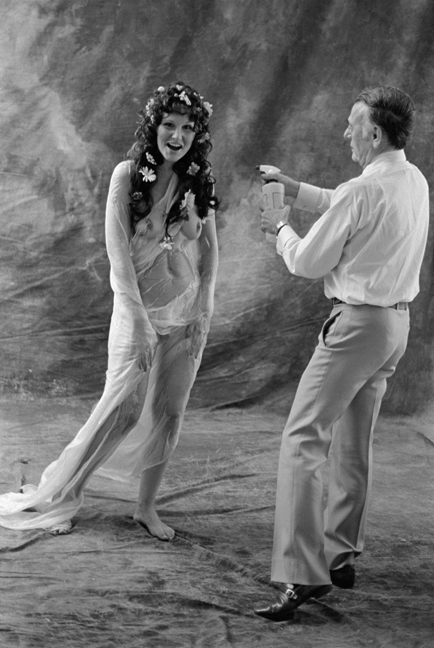
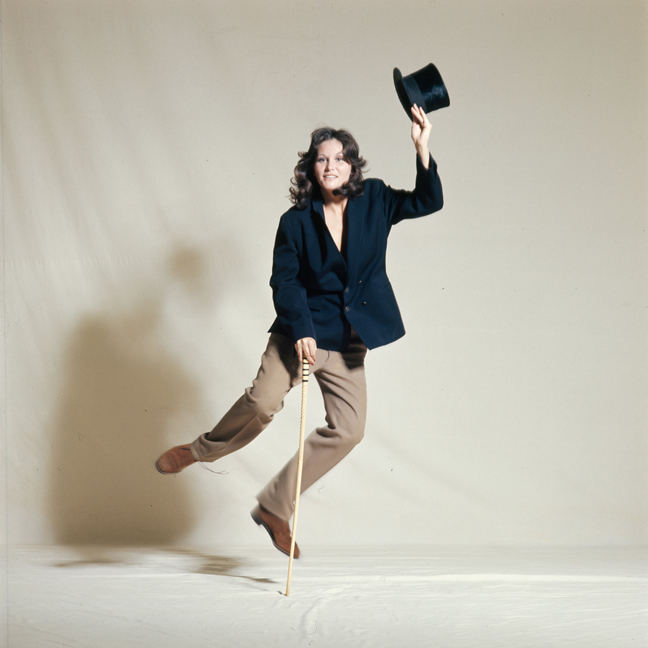
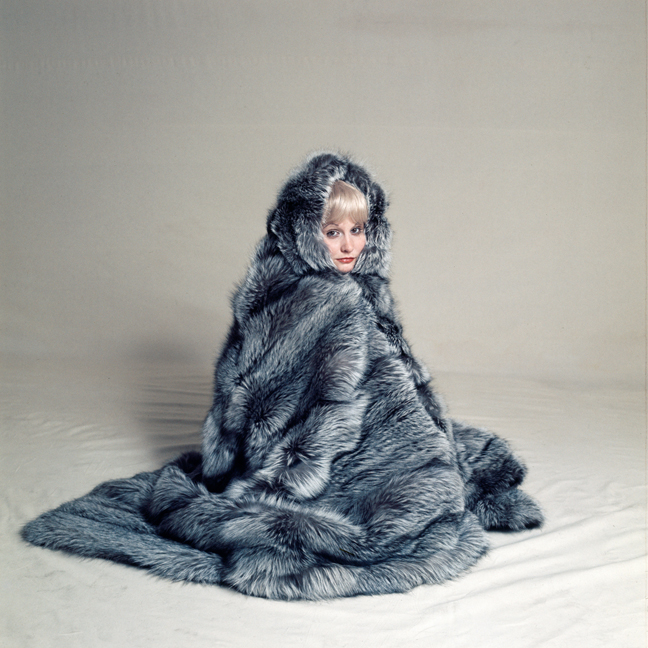
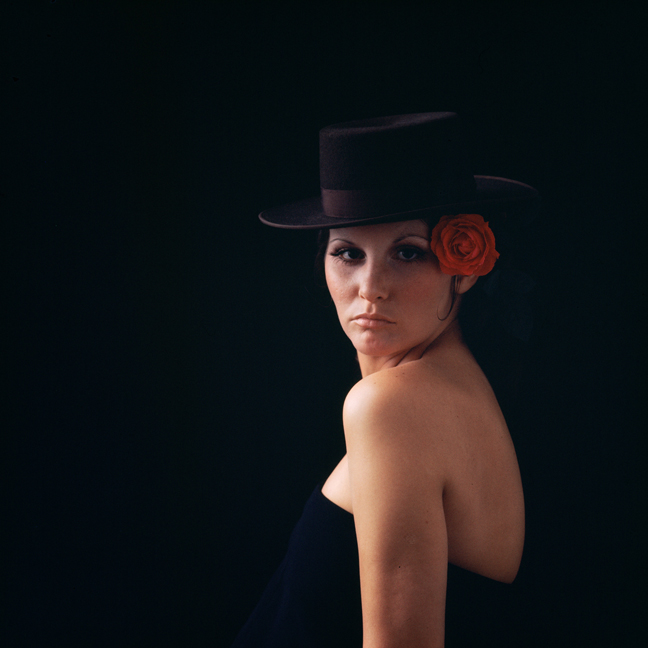
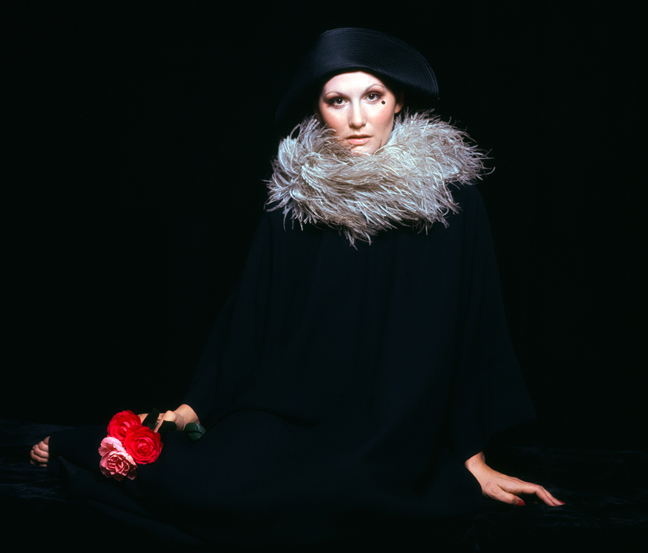
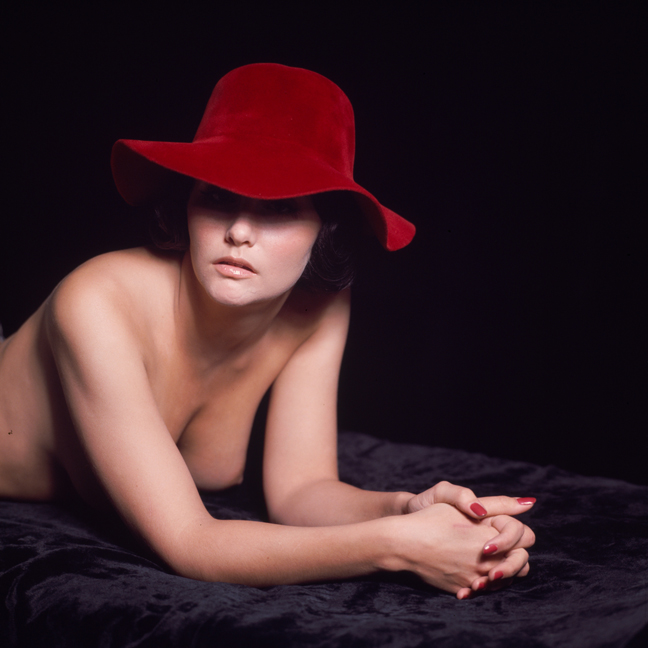
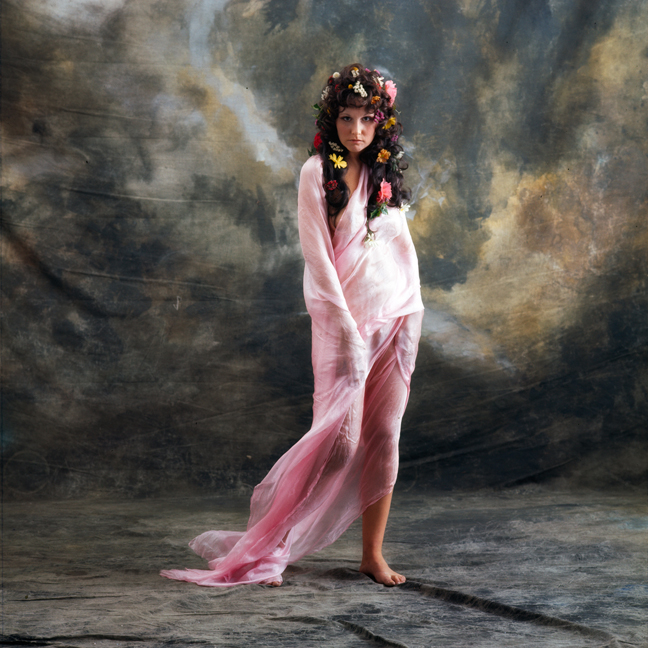
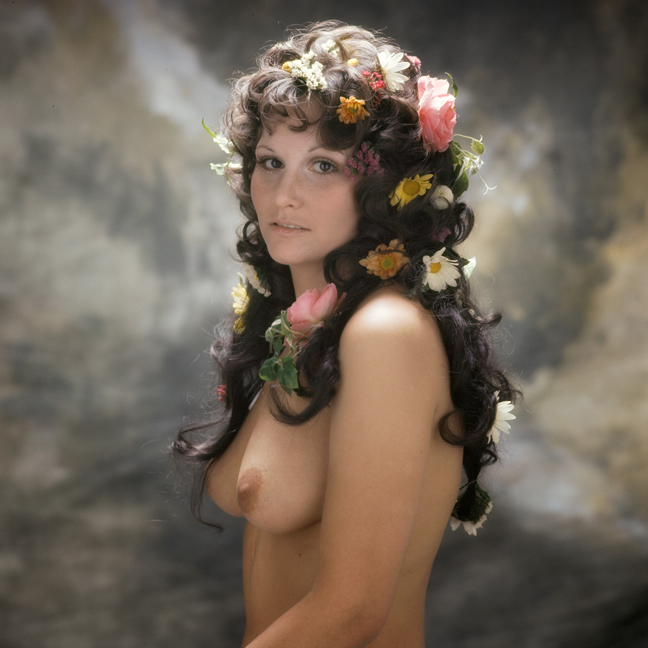
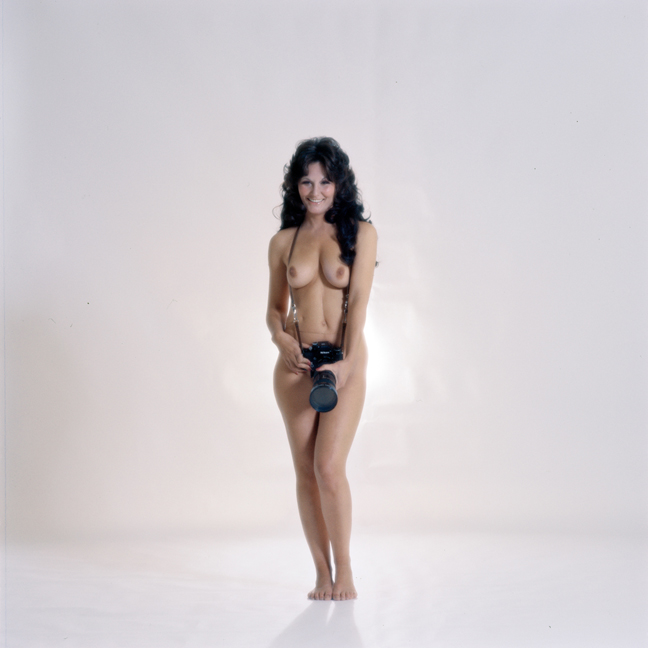
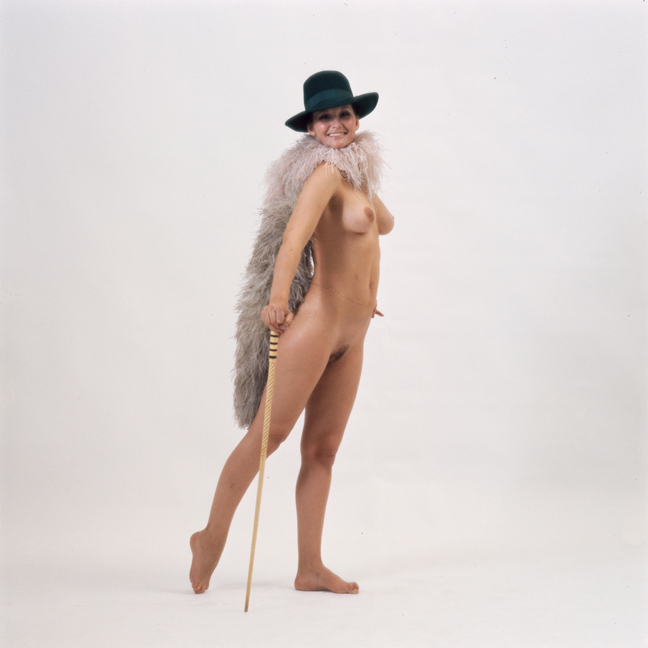
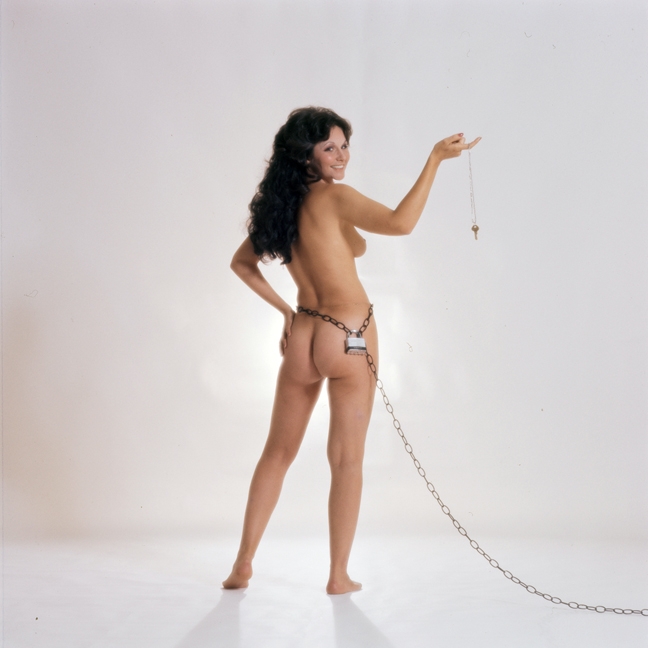
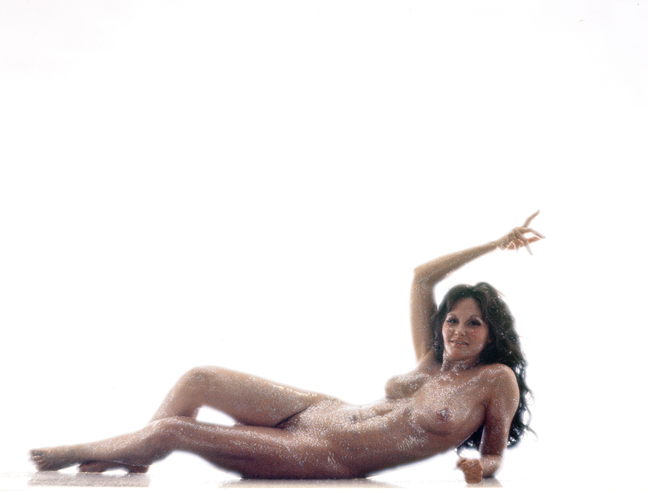
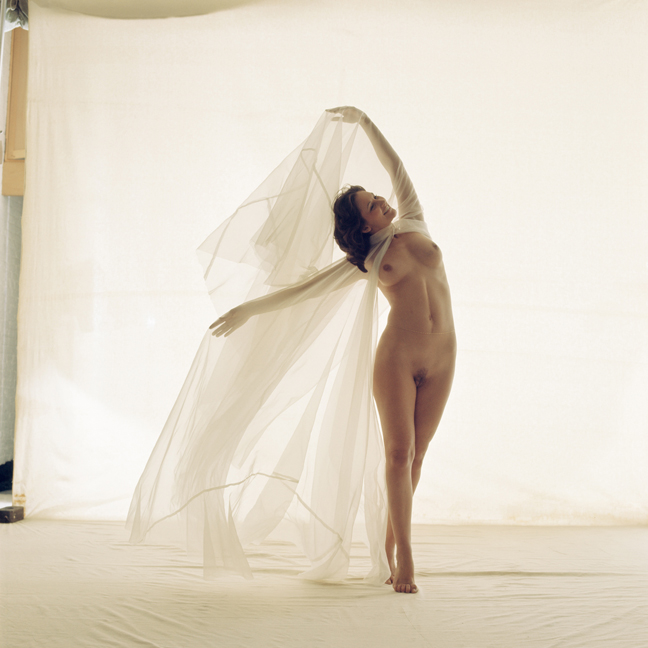
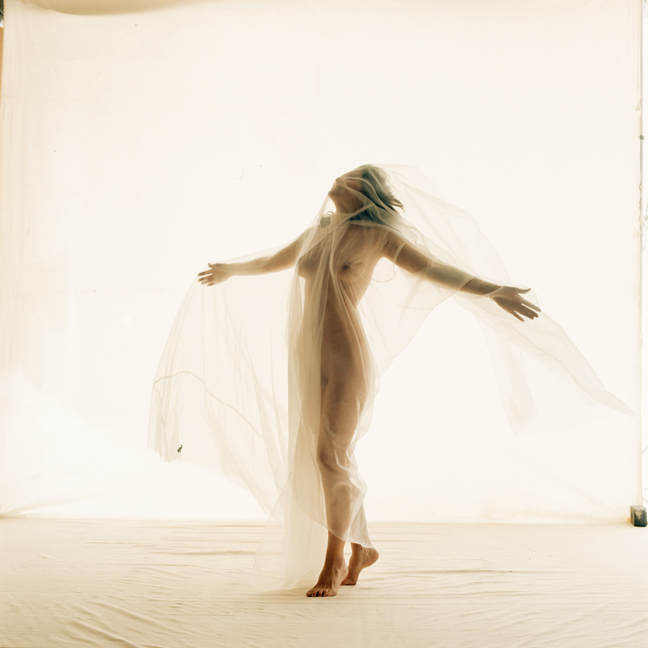
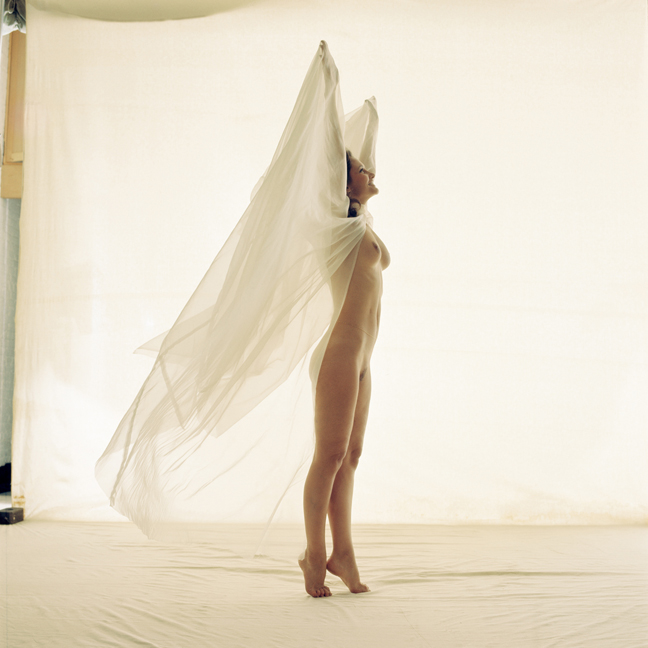
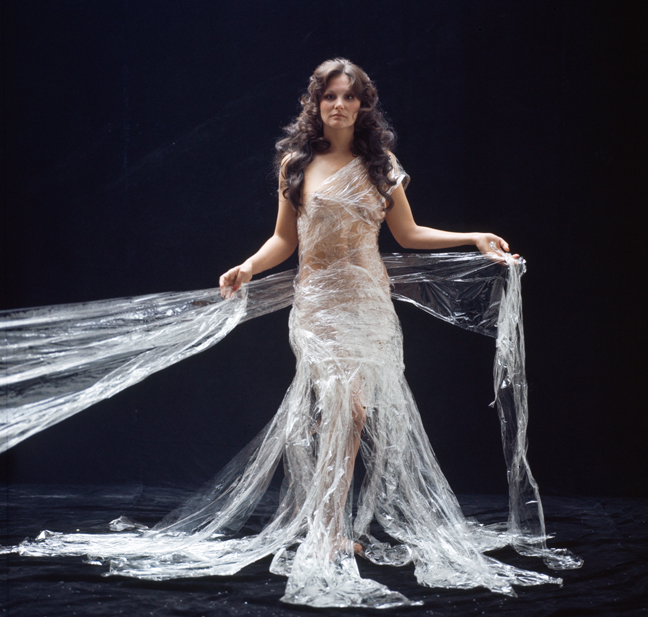
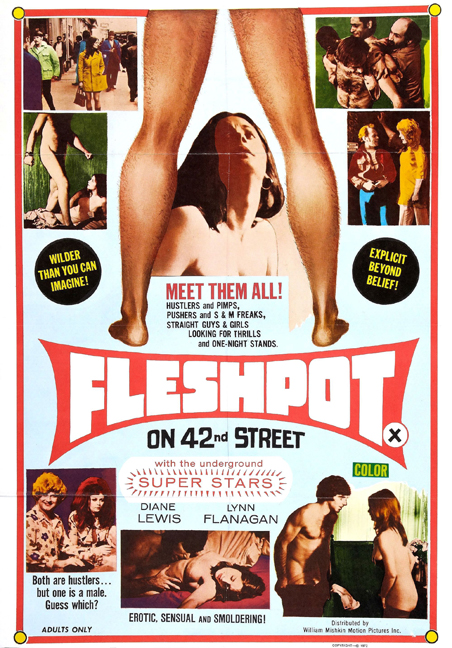
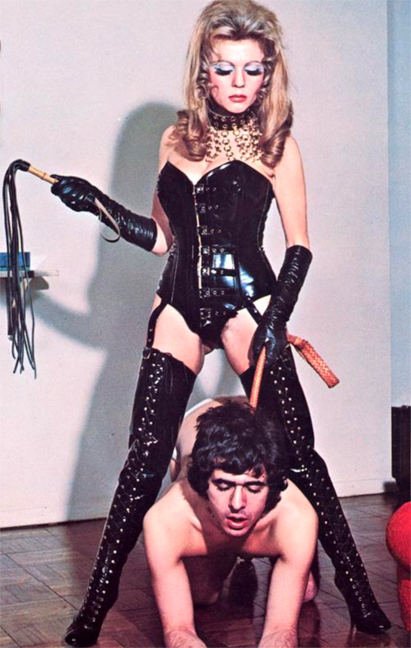
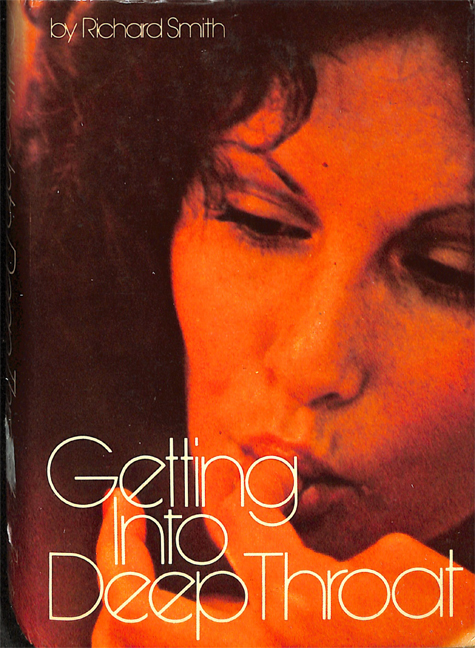

Breathtaking photos. I wouldn’t have realized that Linda could be so beautiful. Really amazing.
Very interesting take on one of the premier photographers of all time. And, in that seedy basement on 14th St, along with Linda, was none other than Eric Edwards. Eric’s first work in adult entertainment, was with Linda, in those loops. You should talk to Eric about those loop days, I’m sure he would have some interesting takes. Anyway, another home run Rialto. You guys rock!
Yes Eric spoke about it in our interview with him! https://www.therialtoreport.com/2013/10/06/eric-edwards/
Thanks.
Linda Lovelace Was Beautiful Iconic Legend Keep Up Good Work Ashley
Rialto Report does it again! If you had told me there existed a series of photos of Linda Lovelace that weren’t explicit and were shot by a photographer of Milton Greene’s caliber, I’d have called you a liar. But these are stunning and striking and — knowing of the difficult life LL would have in the future — even a little sad.
This is why I never get tired of this website. You find these stories that have been lost and do impressive research and present them as found (and rightly so). Thank you again for the story!
Thank you so much JCA!
The unparalleled research you’ve done about every undiscovered area of Deep Throat is truly aware-worthy. Front the Dolly Sharp 4 parter to the new interviews with Damiano and Reems, the newly released FBI files, and all the rest, it’s remarkable that the true story is only being told in 2022.
You should make a documentary with this material: Inside Deep Throat was good for the time, but you’ve taken it to another level, and the real story is even more interesting. At the very least a book of your articles would sell. No one could tell it like you.
Thanks for all the hard work.
We so appreciate that Larry!
I am in love with these photos, and you have introduced me to Milton Greene, who is an absolute genius.
Milton Greene? I must confess I hadn’t heard of him, but looking at his site, his name deserves to be revered with the finest American photographers.
These Linda pics are quite breathtaking.
The photographs are quite beautiful. Milton Greene was a master.Thank you Ashley and April for this lost story. It was fun.
Thanks Phil!
That last , final shot of Linda…pure star quality . You spoil us every Sunday.
Aww thanks Isaac!
Amazing moment in time, and amazing photographs!
I don’t recall seeing much mentioned about them in ‘The Complete Linda Lovelace’ book – not so complete, I guess……..
I don’t know how you guys keep doing this….finding these absolute gems! And yes the photos are exquisite!
Thanks so much fish!
Such beautiful shots. Thanks for sharing.
Thanks so much Cathy!
No one photographed women like Milton Greene, and he had stunning material to work with in Linda Lovelace!
That was not an article but a journey in time and space. The photos are fantastic, you can tell she was enjoying the whole experience. RIP Linda and Milton, the time they shared is not lost thanks to you guys. Made my day.
Thanks so much Don!
“All those moments, lost in time, like tears in the rain …”
Well not if the Rialto Report has anything to say about it!
Outstanding work, as always.
Thank you Natasha!